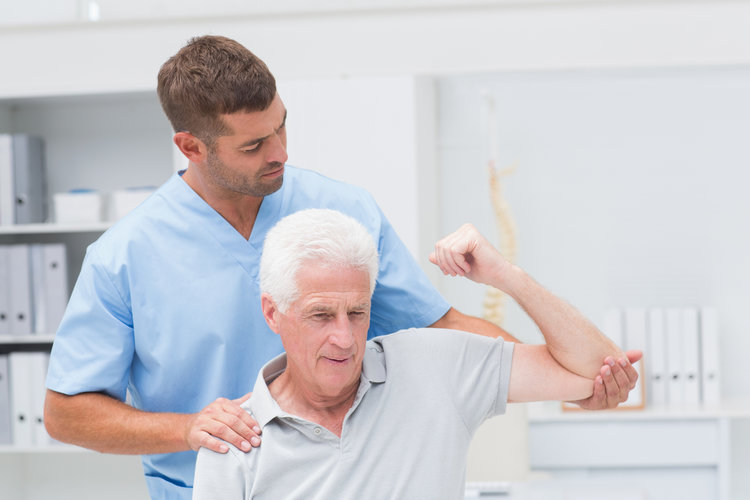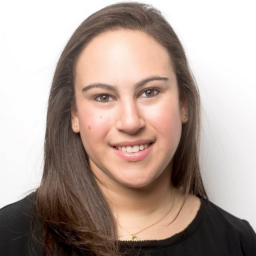Physiatry, also called Physical Medicine and rehabilitation or PM&R, is the medical specialty which maximizes function. Function can also be thought of as human performance. The types of patients seen by physiatrists vary widely ranging from musculoskeletal injuries in athletes to back pain to neurological rehabilitation caring for persons with stroke, traumatic brain and spinal cord injury, cerebral palsy, and multiple sclerosis, among other diagnoses.
There are three factors that make physiatry unique among medical specialties: the result of our interventions are always measured by performance, we work in healthcare teams, and our medical training includes extensive training in both neurology and musculoskeletal medicine. We are holistic in our approach to treatment, always considering our patients within the context of their own unique lives. Treatments include rehabilitation therapies like physical therapy, oral medications and injected medications.
Rehab physicians work very closely with a variety of other rehabilitation professionals like physical and occupational therapists, speech language pathologists, neuropsychologists, therapeutic recreation specialists, nurses and social workers, among others. These rehab professionals provide non-medical treatments like exercise, bracing, psychological support, and more. Because they spend so much time with our patients, rehab therapists often bring challenges and limitations to the attention of the physiatrist and also are in the best position to assess any changes seen as a result of a given treatment.
Rehabilitation medicine treats a huge number of symptoms in persons with neurological and musculoskeletal disease, from children to the elderly. Pain, weakness, decreased balance, visual deficits, cognitive (or thinking) problems and communication deficits are just a few. All rehabilitation professionals are interested in minimizing these symptoms, but also how they affect a person’s performance in walking and mobility, self-care, communication, recreational activities and return to school or work.
There are two broad approaches used in rehabilitation medicine. Remediation strives to eliminate a bothersome symptom to the greatest degree possible using exercise, bracing, medication, and other treatments. Sometimes a particular symptom cannot be fully treated and, in that case, the strategy of compensation is used. Compensation explores how a person can use remaining strengths – physical or mental – to accomplish a given task.
The length of a rehabilitation treatment varies enormously, ranging from a single session (for example, some types of dizziness resolve after a single treatment with an occupational or physical therapist!) or many months after more severe neurological injuries or disease. In general, patients see a rehabilitation medicine physician every 4-8 weeks while receiving active treatment. Therapy sessions typically last between 30-60 minutes and occur a few times a week. Insurance coverage of rehabilitation services varies widely and some patients need to check their individual carrier before finding a provider.
In neurological rehabilitation, more severe initial injuries or diseases tend to have longer recoveries and more difficulties. Some patients will see a full recovery after a stroke or traumatic brain injury, but many will have residual weakness, decreased balance or difficulty in communicating. One of the most difficult challenges is helping a patient and their family deal with the reality that the odds of getting “back to normal” may be quite low. Because things happen that I cannot explain or predict, it is rare that I would completely rule-out further improvement. Sometimes the goal is “hope for the best and prepare for the worst.”




